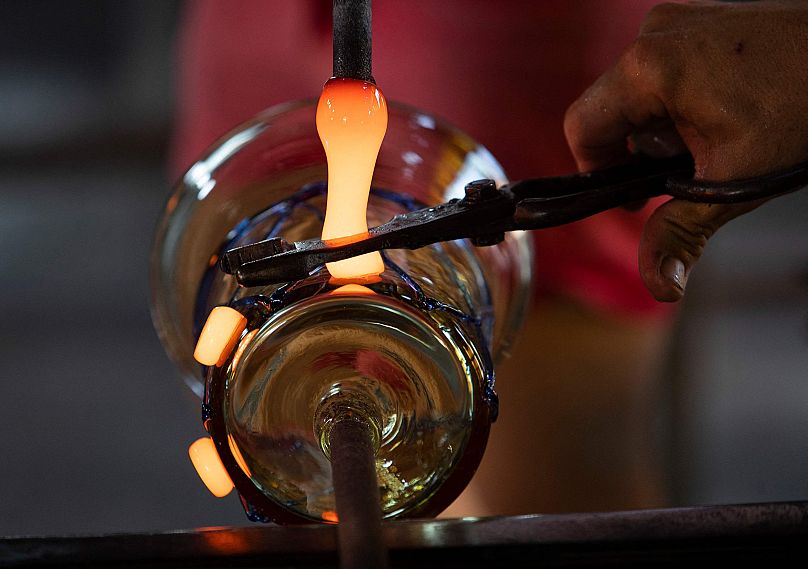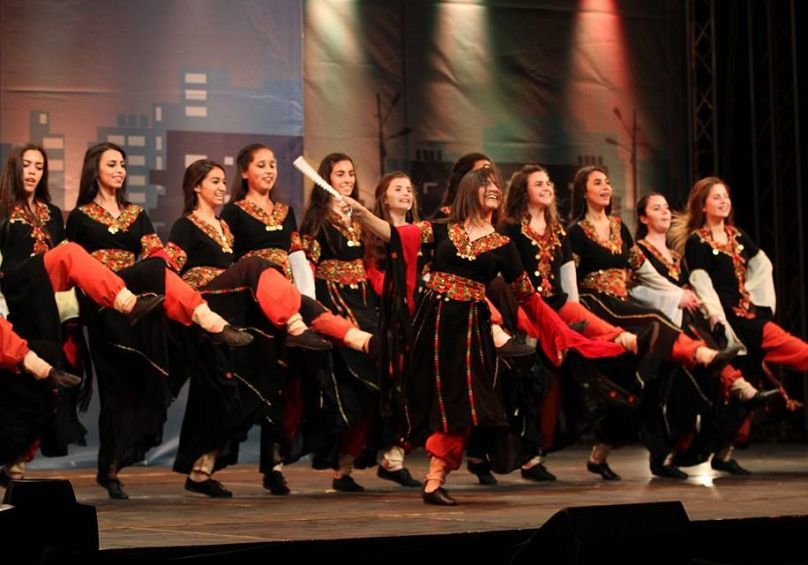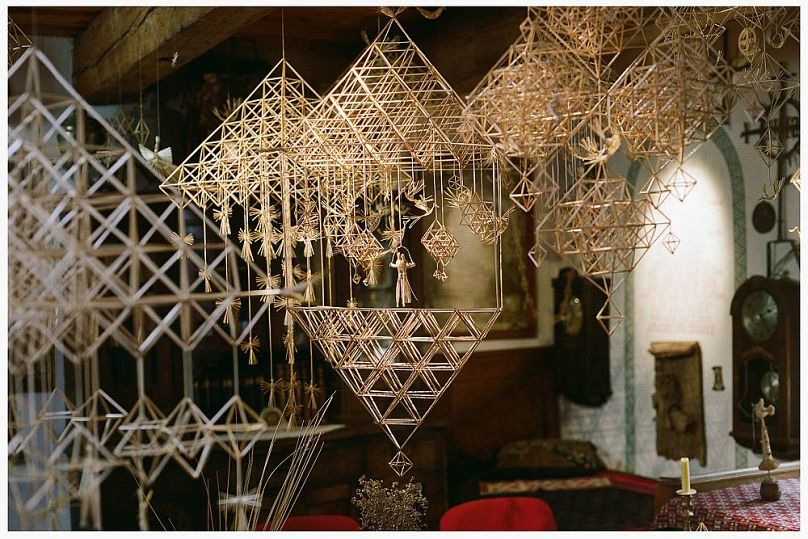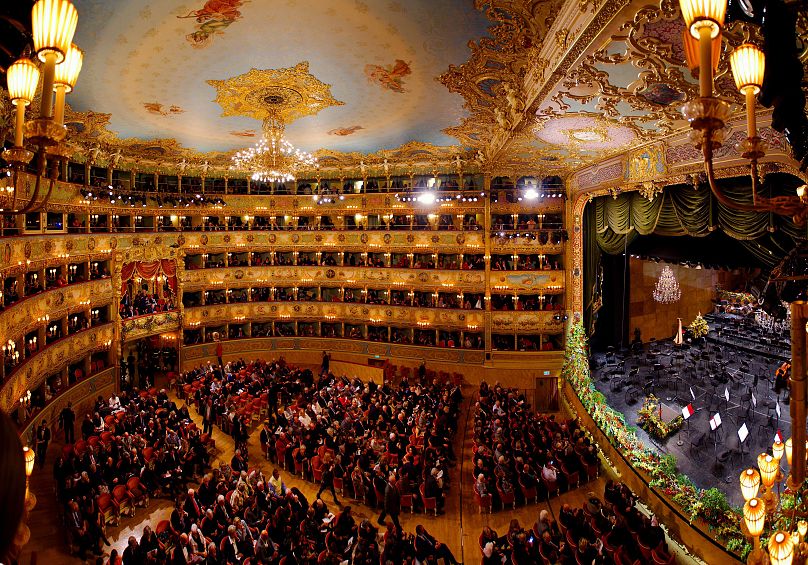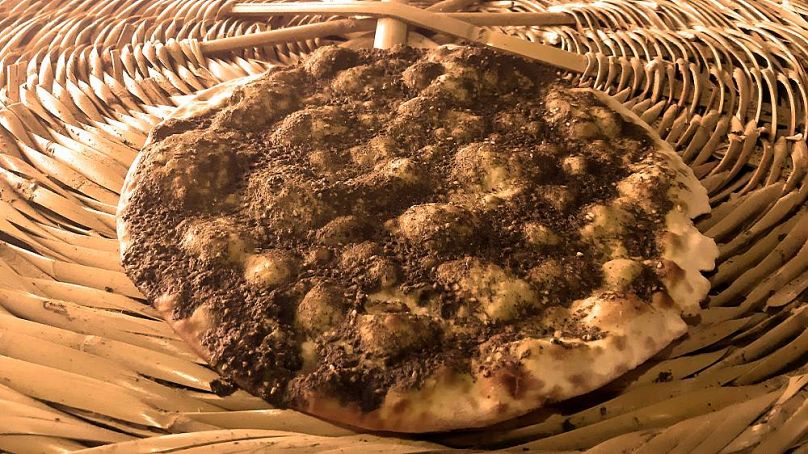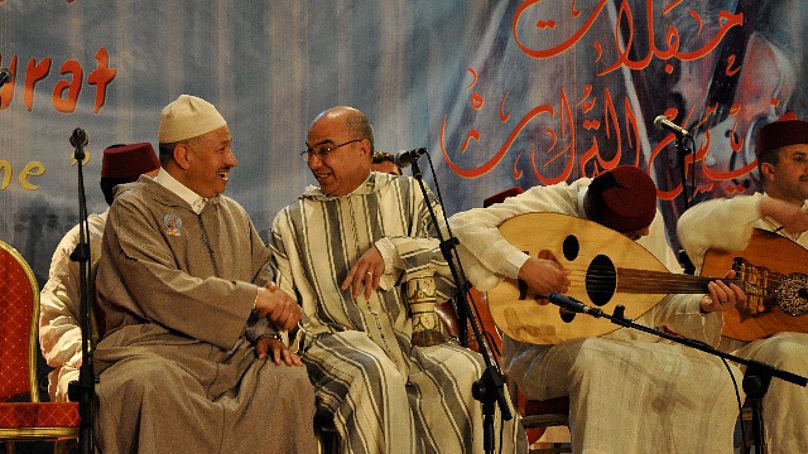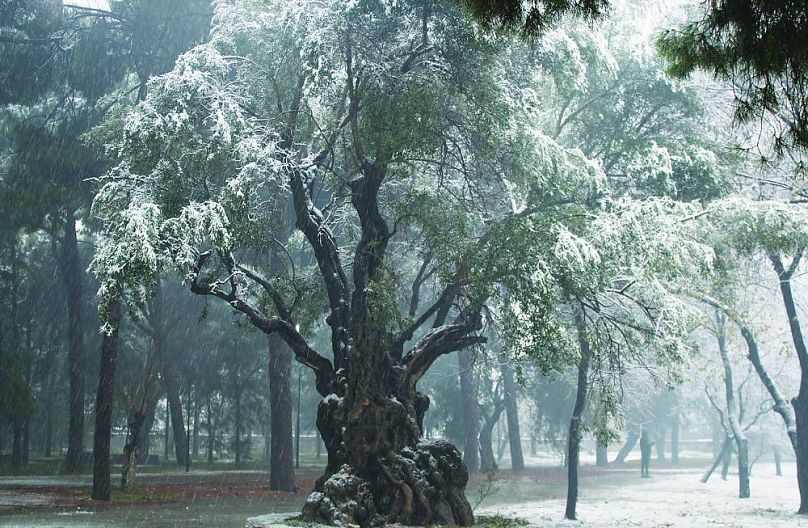55 cultural practices, from European glass blowing to olive production in Türkiye, have been submitted for UNESCO's Intangible Heritage List for 2023.
From traditional midwifery practiced in many countries around the world, to European glass-blowing and Peruvian Ceviche, UNESCO (United Nations Educational, Scientific and Cultural Organization) is set to release its Intangible Heritage List for 2023.
The list is part of the broader UNESCO efforts to safeguard and promote cultural diversity and heritage around the world.
The committee session will take place in Kasane, Botswana, from 4-7 December, where its members will examine the nominations for inscription of 55 cultural practices submitted by 72 State Parties.
As we await the unveiling of this year's list, here's a glimpse into a selection of the noteworthy entries that have earned a spot on the long list of nominations:
Glass production in Czechia, Finland, France, Germany, Hungary and Spain
The age-old craft of making glass by hand involves the moulding and embellishment of both hot and cold glass, resulting in the creation of hollow glass items, flat glass, and crown glass.
This intricate knowledge and skill has been passed down through generations within families or via apprenticeships.
The time-honoured tradition has not only given rise to particular terminologies but has also influenced festive traditions and religious ceremonies.
Dabkeh, traditional dance in Palestine
Dabkeh is a Palestinandance performed by a group that is accompanied by traditional wind instruments and popular singing.
A means of expressing cultural identity, celebrating family occasions and increasing social ties, the dance is performed during festivals, celebrations and events such as weddings and graduations.
Dabkeh and its accompanying arts and crafts are transmitted through informal training and by participating in social celebrations.
Sodai straw garden making in Lithuania
Sodai straw gardens are hanging ornaments made from the stalks of grains.
This practice involves the cultivation of grain (typically rye), the treatment of straw and the creation of geometric structures of varying sizes.
The structures are then decorated with details symbolising fertility and prosperity.
Associated with well-being and spirituality, they are hung over cradles as well as wedding and family tables.
Midwifery
Midwives are companions and supporters of pregnant women and their families before, during and after birth.
Based on evidence-based practices and traditional knowledge, skills and techniques, midwifery varies according to the social, cultural and natural contexts of different communities and countries.
It entails specific cultural practices, vocabulary, celebrations and rituals. In many countries, the practice requires certification and is transmitted through formal education.
The practice of opera singing in Italy
Opera singing in Italy is a physiologically controlled way of singing that enhances the carrying power of the voice in acoustic spaces such as amphitheatres and churches.
It is associated with specific facial expressions and body gestures and involves a combination of music, drama, acting and staging.
It is a means of free expression and intergenerational dialogue, and its cultural value is recognised nationally and internationally.
Al-Man’ouché, an emblematic culinary practice in Lebanon
Al-Man’ouché is a flatbread prepared in homes and specialised bakeries, and enjoyed during breakfast by people of all backgrounds in Lebanon.
While preparing the dough, the practitioners pray that it will rise, with Muslims reciting the beginning of Fatiha and Christians reciting prayers and making the sign of the cross.
Its aroma evokes traditional morning gatherings, or sobhhiyé, key moments of social interaction. Its sale in small bakeries also contributes to local economic development.
Malhun, a popular poetic and musical art in Morocco
Malhun is a popular form of poetic expression in Morocco combining song, theatrics, metaphor and symbolism in accessible language and a festive atmosphere.
The practice is transmitted informally as well as through organisations, music conservatories and publications.
It is performed in many spaces, from family gatherings to large performance halls and malhun festivals.
Olive cultivation in Türkiye
In Türkiye, olive cultivation refers to grafting, pruning and fertilising wild olive trees, called delice, and to picking, harvesting and processing the olives.
Several rituals, festivals and social practices mark the beginning and end of the harvest season.












